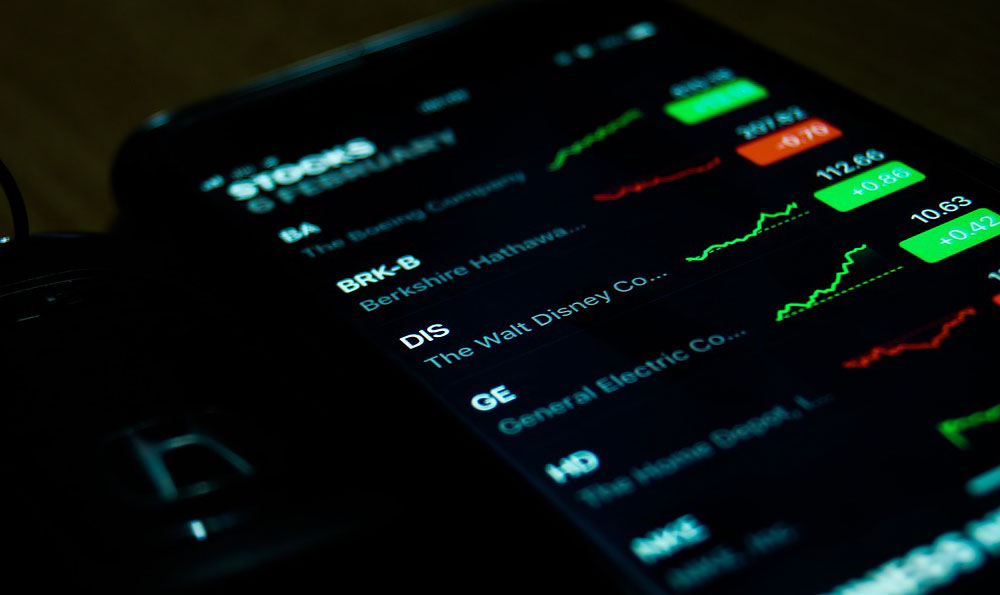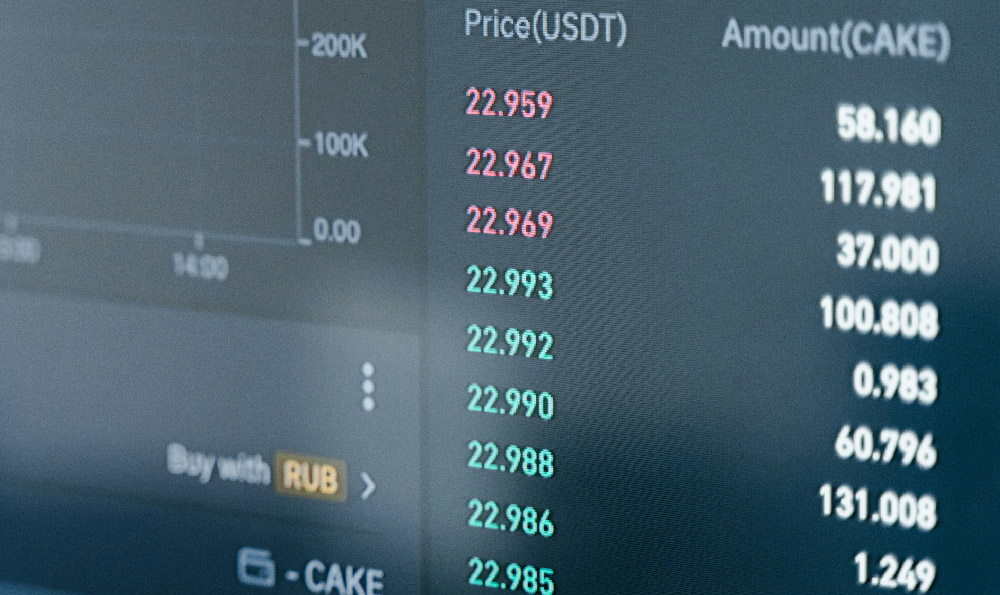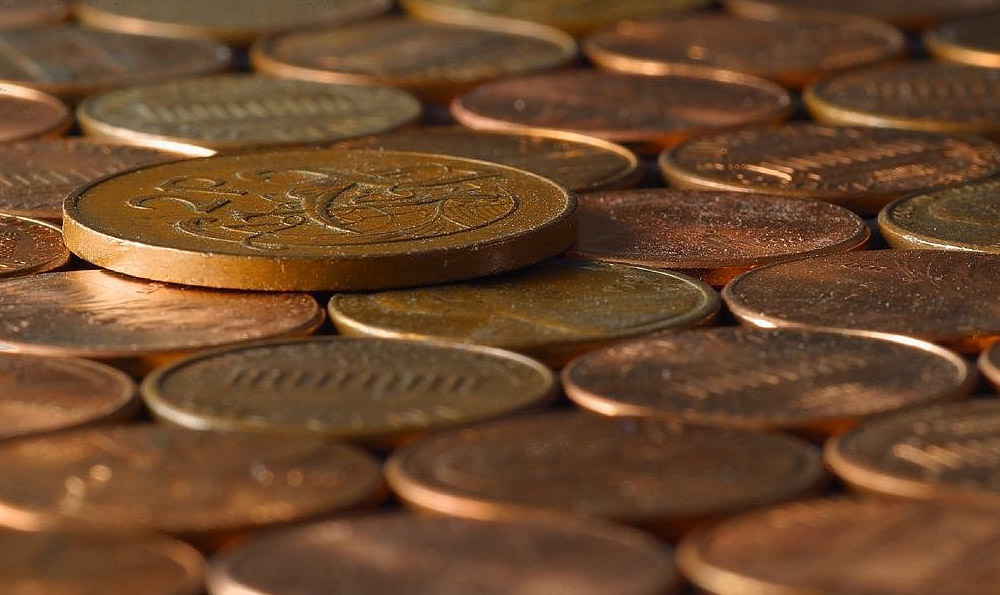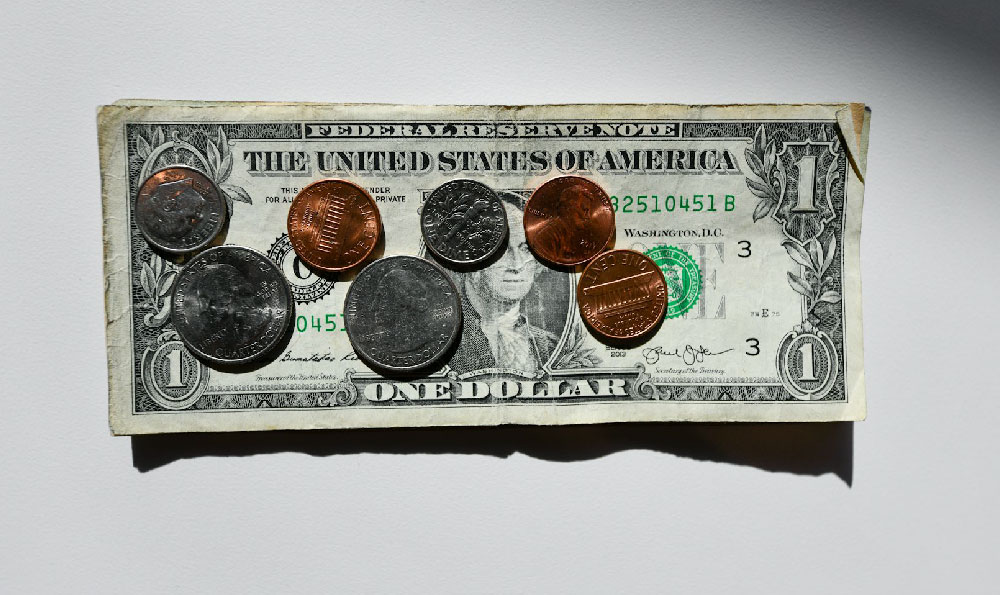How Much Money Did The Eras Tour Earn? What Were The Profits?

Taylor Swift's "The Eras Tour" wasn't just a concert; it was a cultural phenomenon, a marketing masterclass, and an economic powerhouse, rewriting records and redefining the scope of what a concert tour could achieve. Quantifying its exact earnings and profits requires piecing together various reports, estimations, and industry analyses, but the figures are, without a doubt, staggering.
The headline-grabbing number, the one that immediately comes to mind, is the estimated gross revenue. Initial projections placed the tour as potentially the first to ever surpass $1 billion in revenue. That prediction didn't just come true; it was utterly shattered. Most estimates now suggest the tour generated well over $1 billion, with some figures going as high as $1.4 billion or even higher in total gross revenue. This figure is the overall ticket sales revenue.
However, gross revenue is only one piece of the puzzle. To understand the true profitability, we need to consider the considerable expenses involved in mounting such a massive operation. Touring costs are immense, encompassing everything from transportation and logistics to stage design, crew salaries, venue rentals, security, and marketing. Think of the semi-trucks needed to transport the elaborate stage setup across continents, the massive lighting and sound systems, and the army of professionals required to ensure each show runs flawlessly. Estimates vary, but industry experts suggest these costs likely amounted to hundreds of millions of dollars. One factor contributing to the tour's higher expenses compared to typical stadium tours is the sheer scale and complexity of the production. Each city required significant setup and teardown time, increasing labor costs and logistical challenges. The multiple costume changes, elaborate set pieces representing different "eras" of Swift's career, and intricate choreography all added to the overall budget.
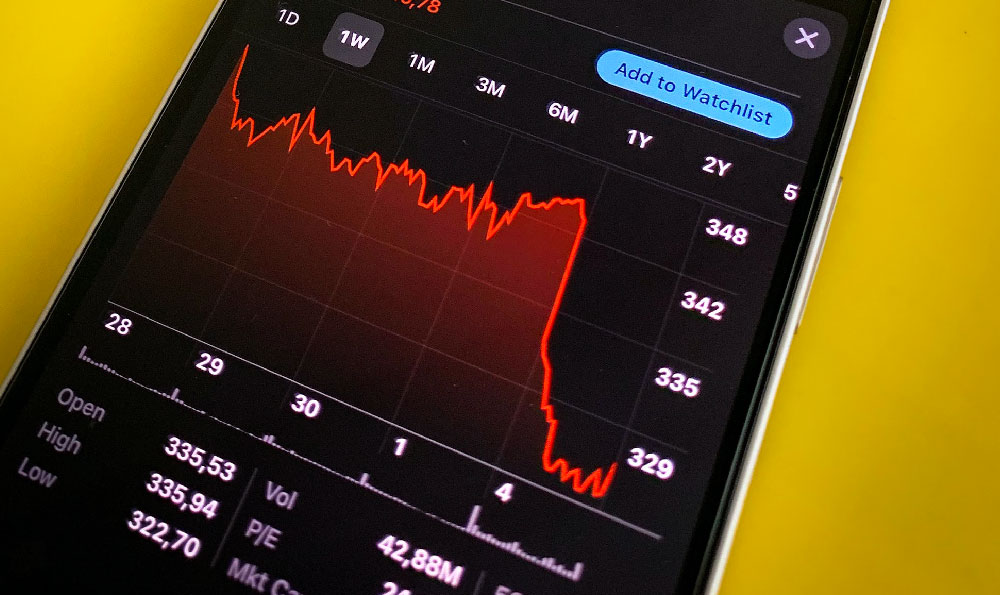
Furthermore, the venue cut needs to be considered. Stadiums and arenas typically retain a percentage of ticket sales revenue. The exact percentage varies depending on the agreement negotiated, but it's a significant chunk. Therefore, the initial ticket sales, while huge, aren't solely going into Swift's pockets.
So, where does the money go? It's distributed amongst several key players. Taylor Swift herself, of course, receives a significant portion, reportedly taking home the majority of the profit. Her management team, record label (Republic Records), and touring company also receive their respective shares. The exact percentages are confidential, but it's safe to say that Swift's personal earnings from the tour are in the hundreds of millions of dollars. Beyond the headline figures, the tour's economic impact extended far beyond the stadiums themselves. Local economies around the tour stops experienced a significant boost. Hotels, restaurants, transportation services, and local businesses all benefited from the influx of fans traveling to see the shows. This economic ripple effect is often referred to as the "Taylor Swift Effect," highlighting the immense power of her fan base and her ability to drive consumer spending.
Merchandise sales also played a crucial role in boosting revenue and profits. From t-shirts and hoodies to posters, bracelets, and other memorabilia, fans eagerly snapped up merchandise to commemorate their experience. These sales further enriched both Swift and the various vendors and retailers involved. In fact, the merchandise sales were so significant that they likely contributed tens of millions, if not hundreds of millions, to the tour's overall earnings. Another component that impacted the tour’s financial success, were the sponsorship deals. Various brands partnered with the tour to associate themselves with Swift and reach her massive fan base. These sponsorships provided additional revenue streams and helped offset some of the tour's expenses. Details of specific sponsorship deals are mostly kept private, but it is estimated that these contributions also ran into the millions.
In addition to the direct financial benefits, the tour had a substantial impact on Swift's brand and overall career trajectory. It solidified her position as one of the biggest and most influential artists in the world, further cementing her legacy and enhancing her future earning potential. The media coverage and social media buzz surrounding the tour generated invaluable publicity and strengthened her connection with her fans. This amplified brand recognition translated into increased sales of her music, merchandise, and other related products, creating a positive feedback loop that further boosted her financial success.
Although the exact profit margins of "The Eras Tour" are not publicly available and are known only to a select few, by combining the gross revenue with the knowledge about the tour's costs and the overall economic impact of the tour, it is likely that Taylor Swift generated hundreds of millions of dollars in profit from the tour.
